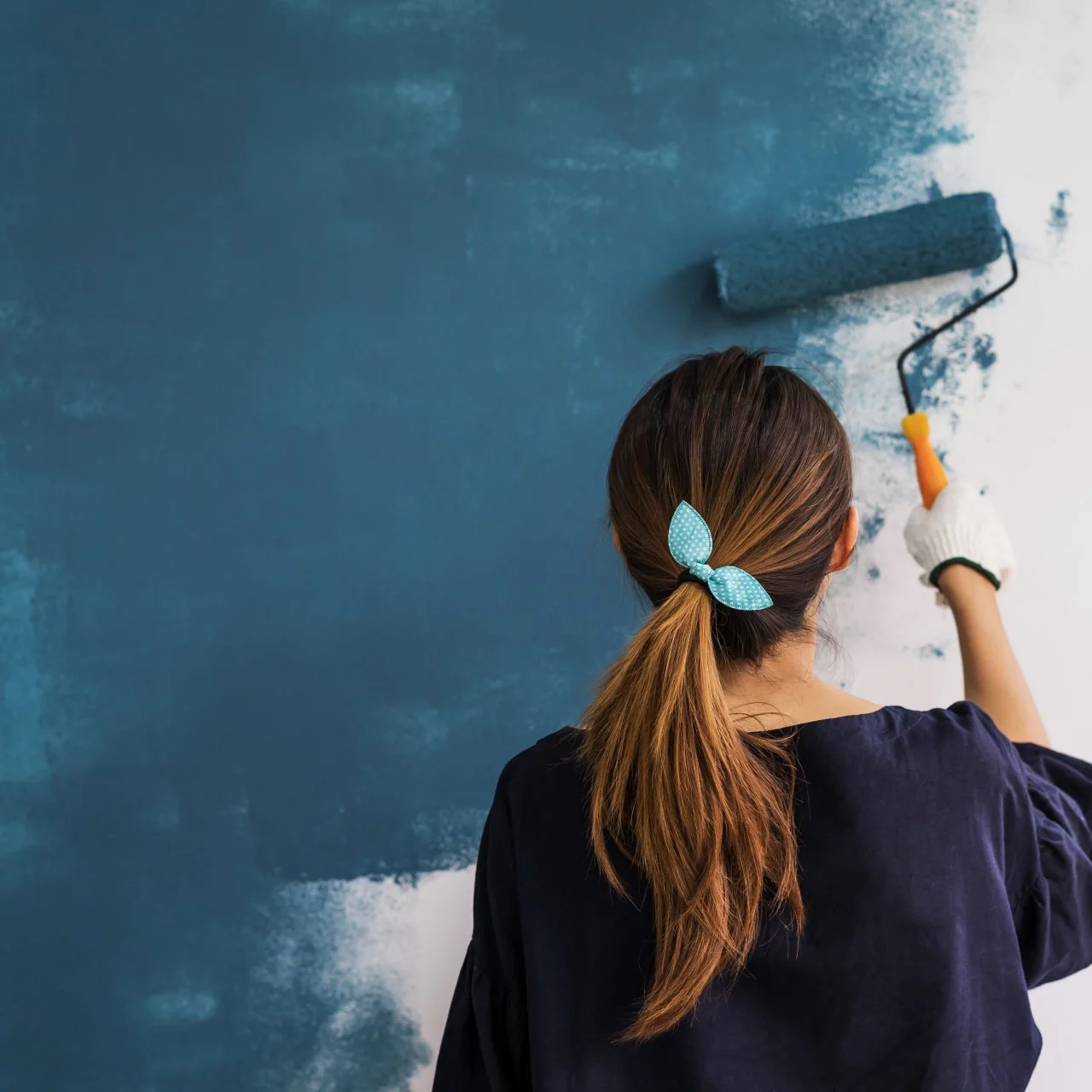Buzz Haven: Your Daily Dose of News
Stay informed and entertained with the latest buzz in news, trends, and insights.
Brushstrokes and Blunders: Navigating the Colorful Chaos of Painting
Unleash your creativity! Discover tips and tricks to turn painting mistakes into stunning masterpieces in Brushstrokes and Blunders.
5 Essential Techniques for Mastering Color Mixing in Your Paintings
Mastering color mixing is crucial for any painter looking to enhance their artistry. One of the essential techniques is understanding the color wheel, which provides a visual representation of primary, secondary, and tertiary colors. By familiarizing yourself with complementary and analogous colors, you can make informed decisions when selecting hues for your palette. Another important technique involves using a limited palette to create harmony in your work; this practice encourages you to explore the depth and variety of colors without overwhelming your composition.
Finding the right mixing ratios is also key to achieving the desired shades and tones in your paintings. Begin by experimenting with small amounts of paint, gradually adding different colors until you reach a satisfying blend. Additionally, always remember that adding white can lighten a color, while black will darken it, but be cautious as excessive use can dull your palette. Finally, practice is vital: set up regular sessions dedicated to color mixing to build your confidence and develop your unique style.

Overcoming Creative Blocks: Tips for Turning Blunders into Beautiful Brushstrokes
Creative blocks can feel like an insurmountable wall, but they often serve as an opportunity for growth and exploration. When faced with a blank canvas, overcoming creative blocks requires a shift in perspective. Instead of viewing mistakes as failures, embrace them as part of the artistic journey. Consider keeping a journal where you can document your thoughts and feelings surrounding these creative hurdles. This practice not only alleviates the pressure but can also spark fresh ideas that lead to unexpected directions in your art.
Another effective method for turning blunders into beautiful brushstrokes is to engage in a technique called 'free painting.' Set a timer for just 10-15 minutes and paint without any expectations or limitations. Let your hand guide you without judgment; this liberating exercise often results in breathtaking creations that stem from those initial 'mistakes.' Additionally, revisiting and reworking past pieces can yield impressive transformations, proving that every artist's journey is filled with opportunities for transformation and beauty.
What Can We Learn from Famous Painters' Mistakes?
Famous painters, like all artists, have made their fair share of mistakes, and examining these can offer valuable lessons for both aspiring and established creatives. One notable example is Pablo Picasso, who famously declared, "Every act of creation is first an act of destruction." This mindset encourages artists to embrace their mistakes rather than fear them. When Picasso transitioned from his Blue Period to his Rose Period, he challenged existing norms and experimented with new styles, learning that failure can lead to groundbreaking success. By acknowledging their own missteps, artists can find the freedom to explore and innovate.
Another iconic figure, Vincent van Gogh, serves as a reminder that understanding one's limitations is crucial. Despite his immense talent, van Gogh faced numerous struggles with mental health, which at times affected his work. His most famous painting, The Starry Night, emerged from a period of tumult and reflection. This illustrates that artists can grow from their hardships. Instead of viewing mistakes as setbacks, artists should see them as opportunities for introspection and growth, leading to enhanced creativity and resilience in their craft.